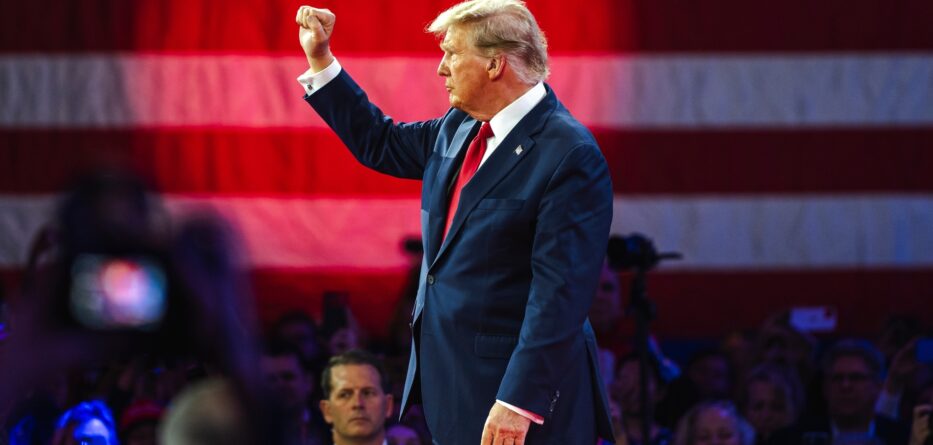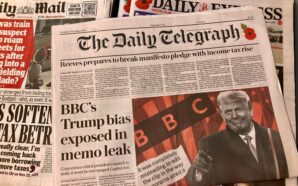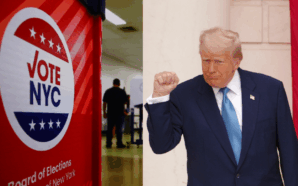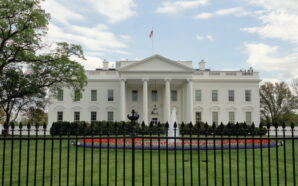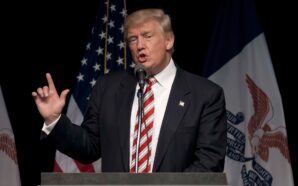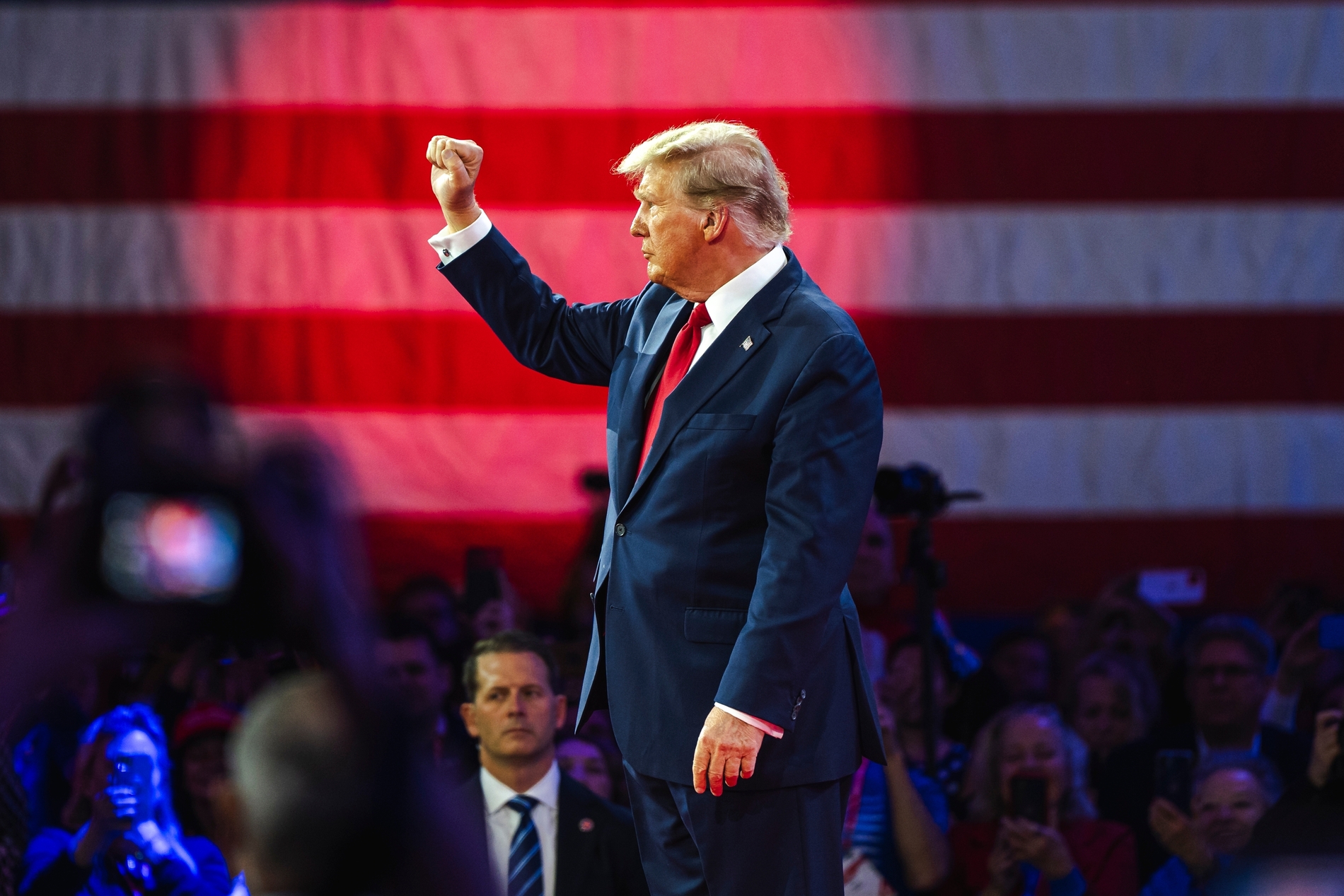
Here’s Everything You Need to Know About the 2025 Government Shutdown
On October 1, 2025, at midnight EDT, the U.S. federal government plunged into a partial shutdown, the first since the 35-day ordeal in late 2018–early 2019. This marks the fourth shutdown during President Donald Trump’s tenure, including his first term, and has sparked heated debate over who bears responsibility. With Congress failing to pass a spending bill to extend funding beyond the fiscal year deadline, partisan gridlock—amplified by Trump’s rhetoric and demands—has brought federal operations to a halt, disrupting services and livelihoods across the nation.
The Roots of the Crisis
The shutdown stems from a failure to agree on a stopgap funding bill, known as a continuing resolution (CR), to keep the government running. Republicans, controlling the White House, House, and Senate, proposed a temporary extension but tied it to contentious cuts, including reductions to Medicaid funding and the elimination of public media budgets. Democrats, led by figures like former Vice President Kamala Harris, rejected these proposals, insisting on protections for Affordable Care Act (ACA) subsidies that help millions afford health insurance. The impasse deepened as both sides dug in, with no compromise reached by the deadline.
President Trump has played a central role, escalating tensions with fiery rhetoric. On September 29, he hosted a White House meeting with congressional leaders that ended without progress. Afterward, he posted a mocking video of Democrats on Truth Social, framing the shutdown as a necessary stand against “fraud, waste, and abuse” in government programs. In a September 30 press conference, Trump suggested the shutdown could be a tool for reform, stating, “A lot of good can come down from shutdowns… We can do things during the shutdown that are irreversible, like cutting vast numbers of people out, cutting programs that they like.” This rhetoric has alarmed critics, who see it as a threat to essential services.
Democrats have pushed back hard. Harris posted on X: “President Trump and Congressional Republicans just shut down the government because they refused to stop your health care costs from rising. Let me be clear: Republicans are in charge of the White House, House, and Senate. This is their shutdown.” The blame game has dominated discourse, with both sides pointing fingers as the public braces for the fallout.
What’s Affected: The Immediate Impact
This partial shutdown halts non-essential federal operations while essential services continue, often with workers unpaid. Here’s a snapshot of what’s affected:
- Federal Workforce: Approximately 800,000 federal employees are furloughed without pay, with backpay typically provided after past shutdowns. However, Trump’s administration has raised concerns by directing the Office of Management and Budget (OMB) to prepare “reduction-in-force” plans, hinting at permanent layoffs in non-essential programs—a departure from temporary furloughs. About 2 million essential workers, like air traffic controllers and border agents, must work without immediate pay.
- National Parks and Museums: National parks, monuments, and Smithsonian museums are closed to visitors. Rangers and maintenance staff are furloughed, leaving sites like the Lincoln Memorial barricaded.
- Travel and Borders: Airport delays are possible, as seen in 2018 when TSA staffing shortages disrupted flights. Passport processing is halted, but TSA screenings and border security continue, the latter funded short-term.
- Benefits and Health: New Social Security and Medicare claims are paused, and IRS tax refunds face delays. Current beneficiaries of these programs are unaffected, but ACA subsidies are at risk if the shutdown persists. State-funded programs like unemployment and Medicaid continue for now, depending on state resources.
- Economic Toll: Analysts estimate a daily economic cost exceeding $1 billion. Global markets showed early jitters, with Japan’s Nikkei dropping 0.9% and Germany’s DAX falling 0.2% on October 1.
Unaffected services include mail delivery (USPS is self-funded), military pay (secured separately), and emergency response from agencies like FEMA and the CDC. However, disruptions to FDA inspections and federal court deadlines are already underway.
Trump’s Strategy and Public Reaction
Trump’s aggressive stance has fueled speculation about his motives. His administration launched a “shutdown clock” webpage blaming Democrats, while agencies like the Departments of Agriculture and Housing issued notices echoing GOP talking points, calling the crisis the “radical left’s” fault. Trump’s threats of mass layoffs and program cuts have raised fears of a broader agenda to reshape federal operations permanently. Some X users have even speculated about extreme outcomes, including military involvement or a “coup,” though such claims remain unsubstantiated.
Public reaction on X reflects deep division. Users have criticized partisan agency memos sent to employees, while others tie the shutdown to unrelated events, such as bomb threats reported at schools and universities nationwide, including Utah State University. These incidents, while unconnected in official reports, have amplified a sense of national unease.
For now, the White House and Congress remain at odds, with no clear path to compromise. Trump’s cancellation of a Hispanic Heritage Month event on October 2 signals the administration’s focus on the crisis. As the shutdown unfolds, its impacts will likely deepen, testing public patience and the resilience of federal workers and services.
-
Credit: Shutterstock As President Donald Trump abruptly turned against Rep. Marjorie Taylor Greene, one of his most vocal supporters,...
-
Credit: Shutterstock In a dramatic twist that’s sent shockwaves through both sides of the Atlantic, U.S. President Donald Trump...
-
Credit: Shutterstock President Donald J. Trump sparked fresh political fireworks during a wide-ranging interview on CBS’ 60 Minutes, revealing...
-
Credit: Shutterstock While government offices sit quiet amid the ongoing federal shutdown, the White House grounds are anything but...
-
Credit: Shutterstock Everything You Need to Know President Donald Trump accused Senate Democrats of “holding the federal government hostage”...
-
Credit: Shutterstock Ruling marks key step in ongoing legal fight over federal authority and state control The Ninth Circuit...
-
Credit: Shutterstock The White House grounds haven’t seen a sight like this in decades — cranes, bulldozers, and construction...
-
Credit: Shutterstock Phil Mickelson isn’t just swinging golf clubs these days — he’s swinging at political rivals too. The...
-
Credit: Shutterstock Peaceful rallies across all 50 states mark one of the largest single-day protest movements in U.S. history...
-
Credit: Shutterstock The end of quantitative tightening may not be the market boost it appears to be Federal Reserve...
-
Credit: Shutterstock Here’s Everything You Need to Know On October 6, 2025, the U.S. Supreme Court quietly slammed the...
-
Credit: Shutterstock Trump Accused of Spinning a “New Big Lie” Amid Shutdown President Donald Trump is under fire again,...

